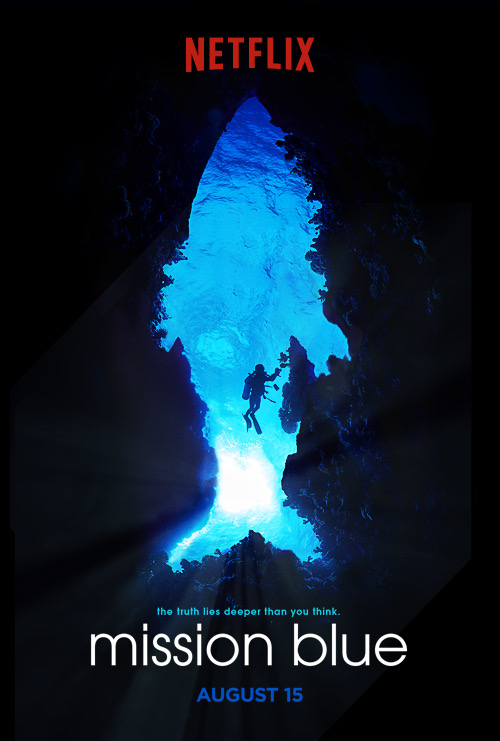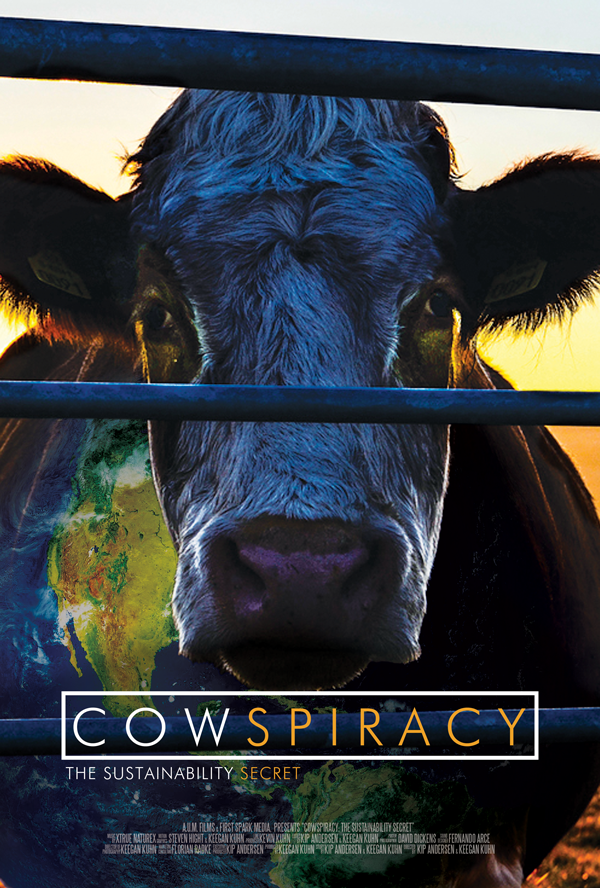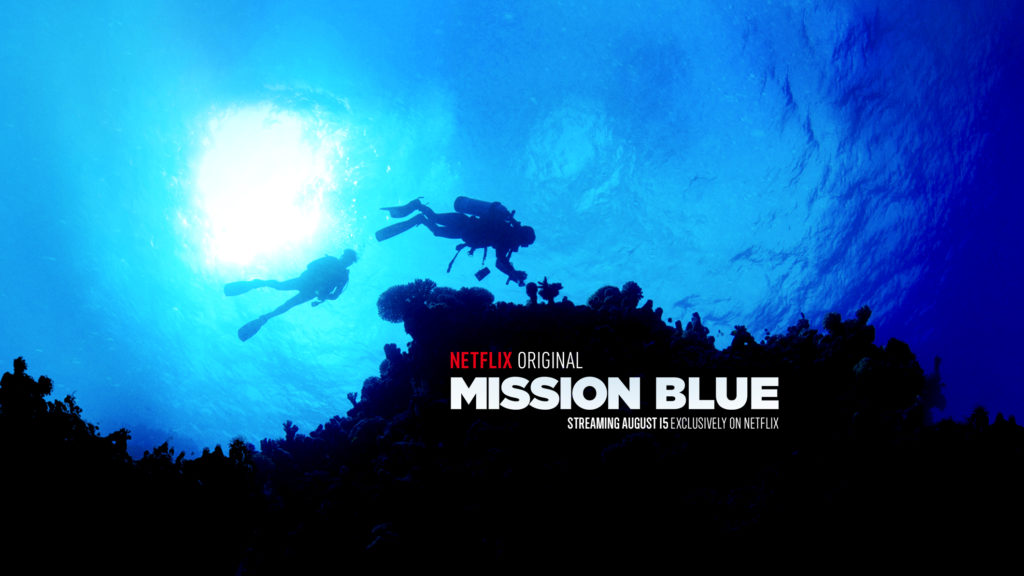Last week was the first week I showed an audience a documentary film. This audience then answered some questions I had prepared.
The audience is upwards from 20 years, from different countries in Europe, with different backgrounds and genders. The same audience will watch all four films which I introduced in the last entry.
Below are the results of the first weeks film.
The results shall help documentary filmmakers reach their audience better and get greater results in spreading their message.
How did the audience perceive the film Mission Blue?
After the participators watched the film they filled out a questionnaire. I did go through the answered questionnaires and summarized the answers, the results are shown below.
All viewers stated that they were interested in the topic, seventy percent of the audience had already informed themselves about this topic.
What they liked about the film:
- that the protagonist Sylvia is really passionate about the topic
- that Sylvia Earle is a pioneer in this field and a scientist, so she is trustworthy
- that the changes of the underwater world were visibly presented
- that facts were shown
What they did not like about the film:
- no call to action
Did they think the topic was well presented?
- they were unsure if it is a biography about Sylvia Earle or a documentary about the ocean, still they thought the topic was represented well
Did they feel a connection to something or somebody?
- fifteen percent did not feel a connection to anybody or anything
- thirty-five percent did feel a connection to the ocean
- fifty percent felt a connection to Dr. Silvia Earle
60% of the audience would further research this topic or have had already done some research in the past.
Has anything in the film moved them and stayed in their mind, if so what?
- shocking pictures of the reef
- before and after of the reef
- the statistic of the reduction of life in the reefs
- slaughter scene of the sharks and overfishing
What message did they take from the film?
- we as humans/ as a society have to change our lifestyle
- we have to start taking action in order to save our oceans
- the ocean plays an important role for every living being on the planet, so it is also for our benefit to save it
- scientist play an important role in finding resolutions
Almost half of the participants had seen the oceans problems in real life before.
Everybody believes that the oceans problems are our problems as well.
More than half of the people who watched the film feel a connection to the ocean, either already before watching the film, or after watching it.
Everybody said that they want to help and protect the ocean with small steps in their everyday life.
These were the results of last weeks film, this weeks film is going to be an inconvenient sequel, about its results I am going to write next week. After I have gathered all the results of all four films, I am going to write the first conclusion.








